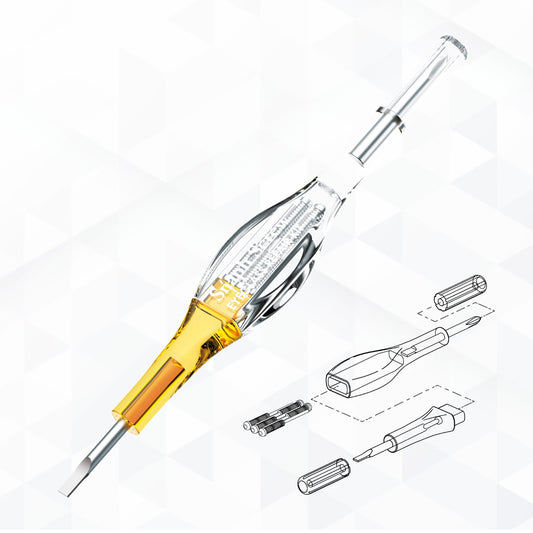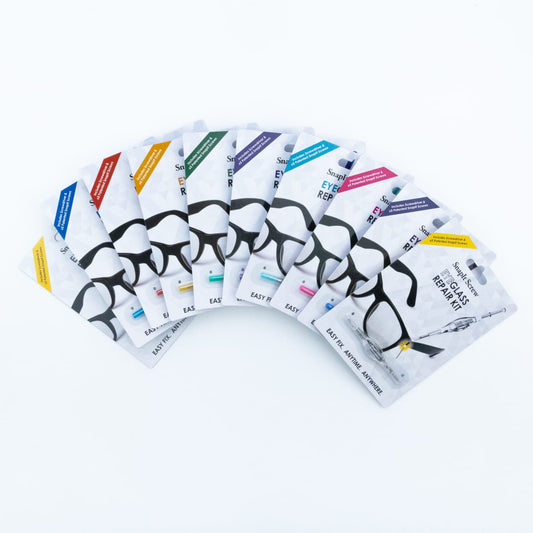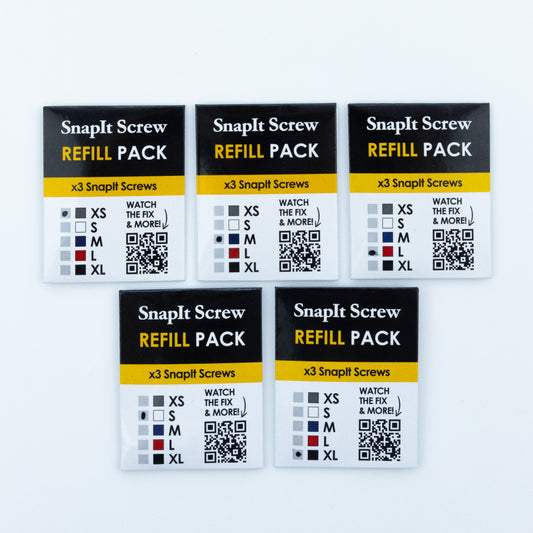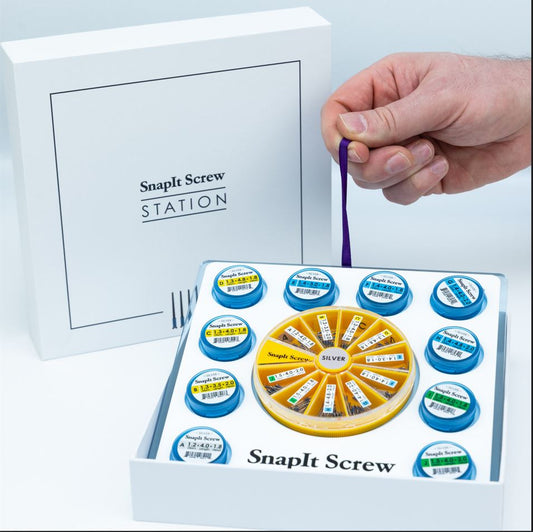Choosing glasses for vision correction can be overwhelming, with so many lens options, coatings, and frame styles to consider. Opticians play a crucial role in helping you find the right lenses for your glasses, ensuring you achieve clear vision while protecting your eye health. Whether you’re looking for bifocal lenses, varifocal lenses, or single-vision lenses, understanding the selection process can help you make an informed decision.
This guide will walk you through how trained opticians assess your vision, select the best prescription lens, and match them with the perfect frame to suit your lifestyle.
Why Do You Need Prescription Glasses?
Many glasses wearers experience vision issues due to refractive errors, which make objects appear blurry. If you have trouble seeing up close or at different distances, you may need glasses to help correct vision and prevent eye strain. Glasses correct both distance vision and near vision, ensuring that you can see clearly in daily activities.
Prescription glasses are designed to help you see with the correct vision lenses, which provide clarity for different prescriptions. Whether you need reading glasses or single-vision lenses, an optician can guide you in selecting lenses to suit your needs.
How Do Opticians Determine the Right Prescription?
When you visit an optician, they will conduct a comprehensive eye examination to assess your refractive error and determine the best prescription lens. This exam involves:
- Checking visual acuity - measuring how well you see at different distances.
- Refraction test - identifying whether you have myopia (nearsightedness), hyperopia (farsightedness), astigmatism, or presbyopia.
- Measuring eye strain - determining if you need blue light protection or specialized lens coatings.
Once the optometrist identifies the corrective lenses you need, a trained optician helps you select the best glasses lens and frame for optimal comfort and vision.
What Are the Different Types of Refractive Errors?
There are four main types of refractive errors that affect vision:
- Myopia (Nearsightedness) - difficulty seeing objects at a distance.
- Hyperopia (Farsightedness) - trouble focusing on close-up objects.
- Astigmatism - blurred vision due to irregular corneal shape.
- Presbyopia - age-related difficulty seeing at near and distance vision.
The higher the prescription, the lenses are less thin, which affects the lens materials and frame styles opticians recommend.
What Are the Different Lens Options Available?
Optical lenses come in various types, depending on the vision needs of the wearer:
- Single-vision lenses - correct one refractive error (e.g., nearsightedness or farsightedness).
- Bifocal lenses - include two prescriptions in one lens, for both near vision and distance vision.
- Trifocal lenses - offer three vision zones: near, intermediate, and distance.
- Progressive lenses - provide seamless transition between different distances without visible lines.
Your optician will help you decide which types of lenses best match your glasses prescription and lifestyle.
How Do Opticians Choose the Right Lens Materials?
Different lens materials offer varying benefits:
- Plastic lenses - lightweight and affordable.
- Polycarbonate lenses - impact-resistant and ideal for active lifestyles.
- High-index lenses - thinner and lighter for higher prescriptions.
- Glass lenses - provide excellent clarity but are heavier.
Choosing the right glasses lens material ensures comfort, durability, and clear vision.
What Are the Benefits of Lens Coatings?
Adding lens coatings can enhance your pair of glasses by providing:
UV protection - shields eyes from UV rays.
Anti-reflective coating - reduces glare and improves vision.
Scratch-resistant coating - prevents damage for long-term durability.
Blue light filtering - helps reduce eye strain from digital screens.
Your optician may recommend multiple lens coatings depending on your needs.
How Do Frames and Lenses Work Together?
Opticians carefully match frames and lenses to ensure comfort, aesthetics, and functionality. They consider:
- Face shape - selecting a frame that complements your features.
- Frame styles - choosing from metal, plastic, or rimless designs.
- Lens thickness - ensuring lenses fit the frame correctly.
Opticians provide precise measurements to ensure that your prescription glasses offer correct vision and a secure fit.
What Are Bifocal, Trifocal, and Progressive Lenses?
- Bifocals - two prescriptions in one lens, separated by a visible line.
- Trifocals - three sections for distance to near vision.
- Progressive lenses - gradual transition between different distances without lines.
If you have vision problems at different distances, an optician may suggest multifocal lenses.
How Do Opticians Ensure Correct Vision with Precise Measurements?
Opticians take precise measurements to ensure your glasses meet your prescription needs. They assess:
Pupil distance - aligning the middle of the lens with your eyes.
Lens height - positioning lenses for progressive lenses or bifocal lenses.
Frame fit - ensuring comfort for long-term wear.
This process guarantees that your one pair of glasses provides the best corrective lenses for you.
How Often Should You Schedule an Eye Examination?
Experts recommend having your eyes tested every two years or sooner if you experience:
- Blurry vision or eye strain
- Headaches or trouble seeing up close
- Difficulty adjusting to different prescriptions
If you’re due for an eye examination, schedule a comprehensive eye test with an eye care professional to keep your vision in top shape.
Next time you're choosing glasses, consult with a trained optician to find the best vision lenses for your needs!
 and
and  WHEN BUY 3 KITS
WHEN BUY 3 KITS







